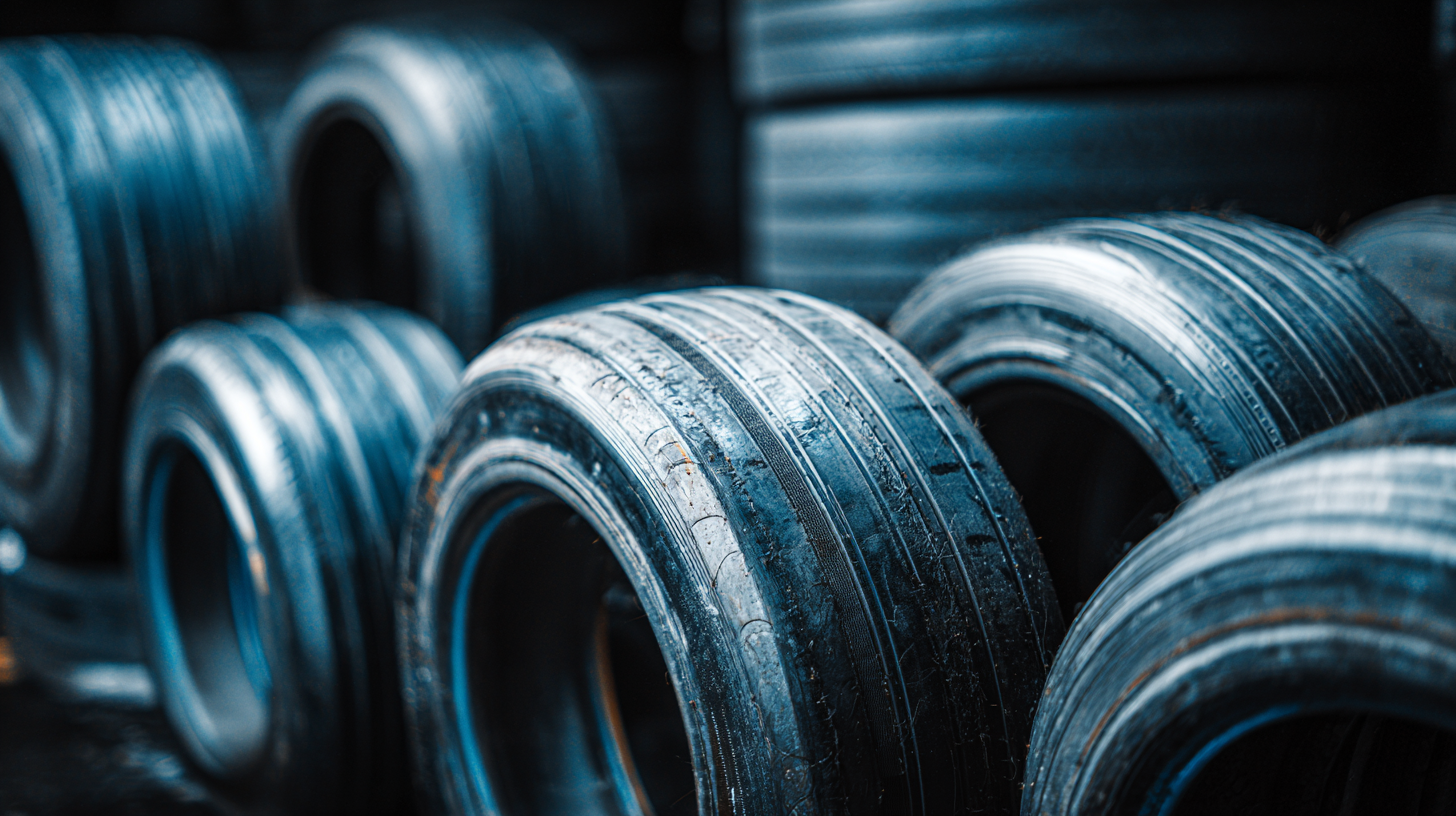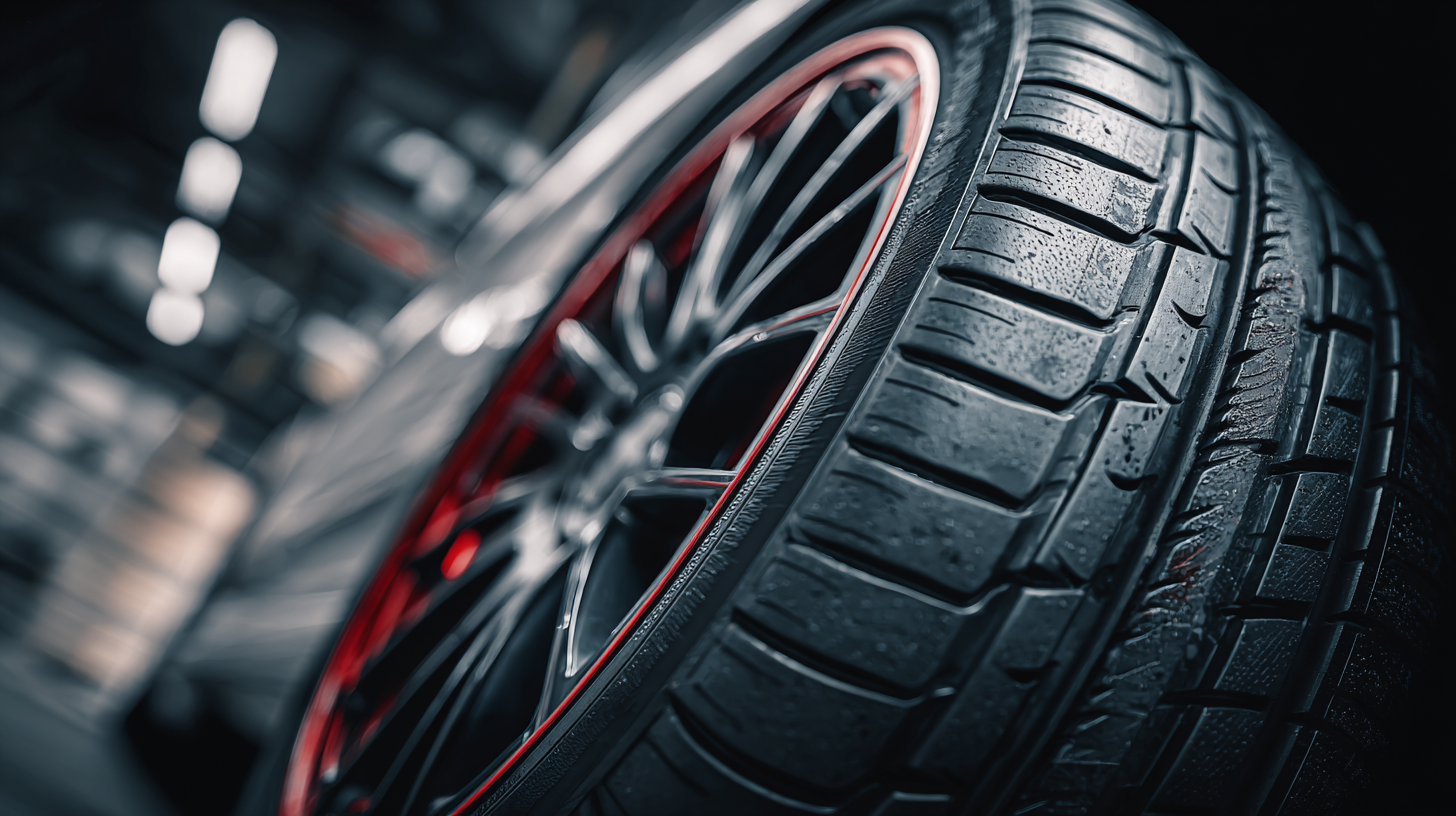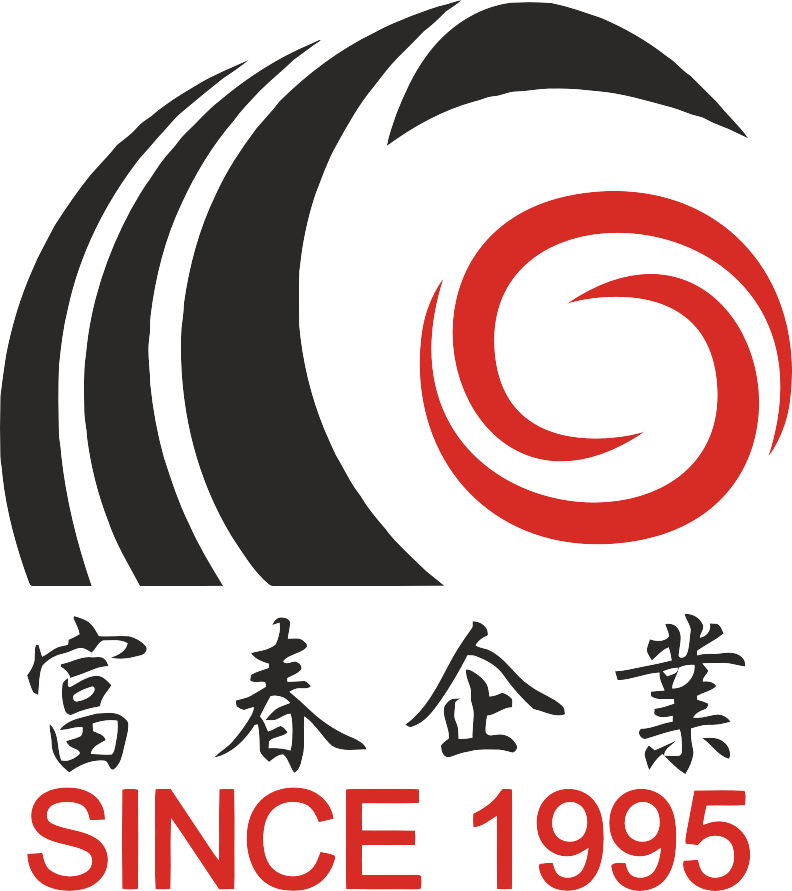Leave Your Message
As the global tire industry continues to evolve, understanding the intricacies of selecting the best inner tube for tire applications becomes increasingly critical for consumers and manufacturers alike. According to a recent report by the Market Research Future, the global inner tube market is projected to witness a compound annual growth rate (CAGR) of 4.3% from 2023 to 2028, driven by the rising demand for durable and efficient tire solutions across automotive sectors. With innovations in materials and design leading to improved performance and longevity, buyers are faced with a myriad of options that can often be overwhelming. This blog aims to navigate the best inner tube for tire trends and comparisons, equipping global buyers with the insights needed to make informed choices in 2025. By analyzing current market dynamics and key player offerings, we aspire to shed light on what to consider when selecting the ideal inner tube for tire needs.

When selecting the right inner tube for tires in 2025, there are several key factors that global buyers should consider. According to a recent industry report by Technavio, the global inner tube market is projected to grow by 4% annually, driven by the increasing demand for durable and high-performance tires. This growth highlights the importance of choosing an inner tube that complements your tire specifications, ensuring optimal performance and longevity.
One significant factor is the material of the inner tube. Butyl rubber and latex are common options, each offering different benefits. Butyl rubber is praised for its air retention and durability, making it ideal for long-distance riding. On the other hand, latex tubes are lighter and provide lower rolling resistance, which is preferable for competitive cyclists.
**Tips:** Always check the valve type and length to ensure compatibility with your rims. Additionally, consider the operating conditions; for instance, if you'll be riding in puncture-prone areas, investing in puncture-resistant tubes can save you from frequent replacements. Balancing these factors will help ensure you choose the best inner tube for your needs in 2025.
This chart illustrates the comparative market growth of different inner tube types based on material and usage preferences among global buyers in 2025.
When it comes to choosing the right inner tube, global buyers have a plethora of options in 2025. The inner tube market is flooded with various brands and models, each boasting unique features and promises of enhanced performance. Key players like Continental, Schwalbe, and Vittoria have successfully maintained their reputation with innovative designs and durable materials that cater to diverse cycling needs. For example, Continental's new line emphasizes puncture resistance while retaining lightweight characteristics, making it a preferred choice for competitive cyclists.
In addition to established brands, newcomers are entering the market, offering budget-friendly options without compromising on quality. Reviews highlight models that incorporate advanced technology for better inflation retention and improved resilience against rough terrains. Schwalbe’s latest offering not only focuses on performance but also incorporates eco-friendly materials, aligning with the growing trend towards sustainability among consumers.
By extensively comparing these various brands and models, buyers can make informed decisions that meet their specific riding style and budget, ultimately enhancing their cycling experience.
When it comes to choosing the right inner tube for your vehicle, evaluating material and durability is crucial. In 2025, buyers will find a plethora of options, but understanding the qualities that determine a tube's longevity is key. Materials such as rubber and thermoplastics are common, but innovations like Nano-Enhanced materials are emerging, offering enhanced strength and resistance to punctures. These advancements not only improve the durability against wear and tear but also ensure better performance in varied conditions.
Durability testing is imperative for assessing the lifespan of inner tubes under different environmental pressures. Inner tubes that incorporate advanced materials are less susceptible to deformation and fatigue, crucial for maintaining air pressure in the tire over time. Moreover, factors like temperature fluctuations and exposure to harsh elements should be considered when selecting inner tubes, as they can significantly impact performance. By carefully evaluating these attributes, global buyers can make informed decisions and invest in inner tubes that promise reliability and durability for their needs.
 When selecting the perfect inner tube for your tires, understanding sizing standards is crucial. Tire sizes are typically expressed in a combination of numbers and letters that detail the width, aspect ratio, and rim diameter. For instance, a tire marked as 26 x 2.3 inches indicates a diameter of 26 inches and a width of 2.3 inches. To find the ideal inner tube, it's essential to match these dimensions precisely. Incorrect sizing can lead to poor performance, higher risks of punctures, and diminished comfort on your rides.
When selecting the perfect inner tube for your tires, understanding sizing standards is crucial. Tire sizes are typically expressed in a combination of numbers and letters that detail the width, aspect ratio, and rim diameter. For instance, a tire marked as 26 x 2.3 inches indicates a diameter of 26 inches and a width of 2.3 inches. To find the ideal inner tube, it's essential to match these dimensions precisely. Incorrect sizing can lead to poor performance, higher risks of punctures, and diminished comfort on your rides.
In addition to matching the size, buyers should also consider the tube’s valve type. There are mainly two types: Schrader and Presta. Schrader valves are commonly found on cars and many mountain bikes, while Presta valves are typically used on higher-end road bikes. Each type requires a compatible pump, so it's important to evaluate your pump and bike setup before making a purchase. By taking the time to understand these standards, you can confidently select an inner tube that not only fits perfectly but also enhances your overall riding experience.
As we approach 2025, the inner tube technology for two-wheelers is set to witness groundbreaking innovations that will redefine performance standards. With projections indicating that the global two-wheeler tire market size will grow from $9.89 billion in 2025 to $17.14 billion by 2032, a compound annual growth rate (CAGR) of 8.2%, manufacturers are responding by focusing on enhancing tire durability and weight reduction. Innovations like self-sealing inner tubes and lightweight, puncture-resistant materials are gaining traction, aiming to provide cyclists with both speed and reliability.
Tips for buyers looking to upgrade their inner tube systems include paying attention to compatibility with existing wheel sizes and tread patterns, as well as seeking out tubes that offer superior sealing capabilities to prevent air loss during long rides. Additionally, consider tubes made from advanced synthetic materials that not only improve puncture resistance but also enhance overall ride comfort and performance.
The motorcycle tire market is also projected to see substantial growth, from $5.18 billion in 2025 to $8.85 billion by 2032, with a CAGR of 8.0%. As this sector evolves, expect to see enhanced tube designs that address the specific demands of various riding styles, from casual cruising to competitive racing. Emphasis on sustainability will also surface, as manufacturers look to utilize reclaimed rubber and environmentally friendly production methods.


